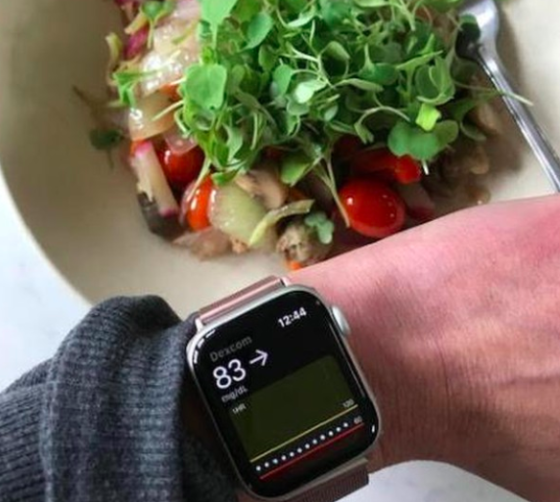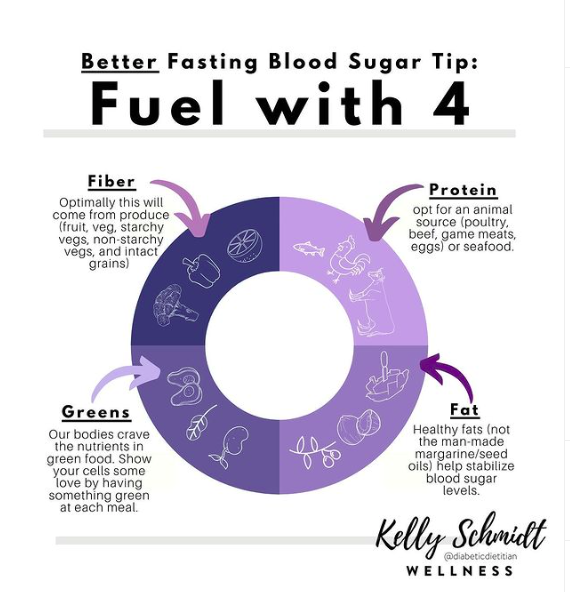This is the third post on “How To Improve Fasting Blood Sugar Levels,” and if you missed the others, be sure to check out Part 1 and Part 2.
To Improve Fasting Blood Sugar Levels, One Must Understand Macronutrients
All 3 macronutrients affect our blood sugar levels but in different ways. Below I’ve listed the 3 macronutrients and what they do, but first…
How do we know what is a protein, fat, and carb?
If you look at a food label or look up a whole food like an apple (which doesn’t come with a food label) and review the total fat, total carbohydrates and total protein, which number is the highest?
For the example of an apple, which has little to nil fat and protein, this food is considered a “carb.” The same is true for something like beans. Yes, there is protein in beans, but there are more carbs than protein, so beans fall into a category of “carbs” when understanding how to better control blood sugar. Are you still with me? Does this make sense?
Macro Impact On Blood Sugar Control:
- Carbohydrates: Carbohydrates are the component of food that affects blood sugar the most. Carb-rich food includes grains, but also legumes, lentils, fruit, sugar, and starchy vegetables. When we eat carbs it’s better for blood sugar control to not eat them naked. For example, a white potato is better with some (grass-fed) butter, than eating a potato alone.
- Protein: Protein (animal protein, protein powders, seafood, eggs) needs to be covered with insulin as protein can be converted to glucose. The body is always looking for glucose and if we eat protein with very few carbs it will convert the protein to glucose and therefore you will see a blood sugar rise from something like a chicken breast. The Food Insulin Index proves protein requires more insulin than fat over 3 hours. As well, protein is one of the best elements to help blood sugars (and hunger) stay stable. Aiming for 20 grams of protein per meal can help with better blood sugar control and weight management.
- Fat: Fat provides satiety and satisfaction to a meal. Yet, when it comes to insulin, fat slows down the digestion of the meal and it makes our cells rigid or insulin-resistant. If we have 15-20+ g of fat in a sitting – we need to take insulin hours later or do a split dose. A high-fat meal can take 6-8 hours to digest. Sometimes less, sometimes more.
Does it make more sense now of why I use the 4-Part Meal Formula when building a meal?





Leave A Comment
You must be logged in to post a comment.